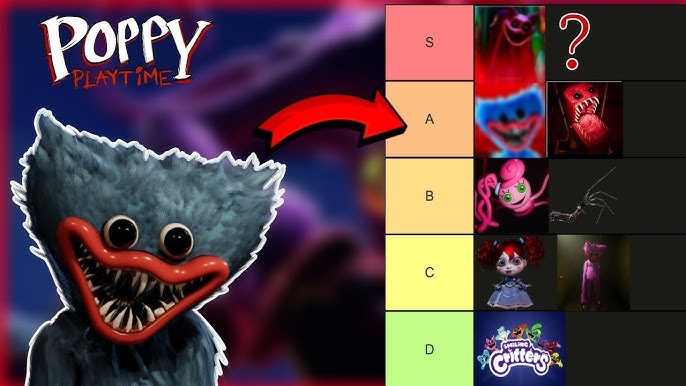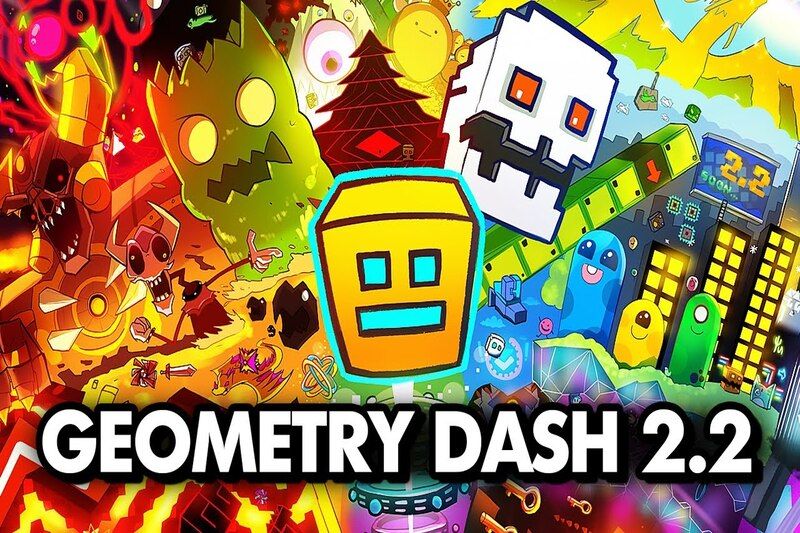Popular Now
Introduction
"Poppy Playtime" is more than a creepy indie horror game about haunted toys and abandoned factories. Underneath the puzzles and jump scares lies a disturbing narrative thread that raises serious questions about ethics, memory, control, and the exploitation of children. One of the most controversial and haunting themes embedded in the lore is the idea that Playtime Co., the in-game toy company, conducted experiments on orphans to bring their toys to life. This article will explore that narrative element in depth, analyzing its timeline, symbolism, and implications for both the game and its real-world reflections.
1.The Origins of Playtime Co. and Its Moral Collapse
The story begins with the founding of Playtime Co., a once-celebrated toy company that revolutionized the market with its lifelike, interactive toys. Initially built on the idea of joy and innovation, the company soon developed darker ambitions.
Through logs and environmental clues, it’s clear that Playtime Co. sought to go beyond mechanical toys — they wanted to create "living" toys that could think, respond, and play indefinitely. This transition marked the company's fall from innocence, as their scientists began using human test subjects in secret, beginning with the most vulnerable: orphans.
2. Project Playtime and the First Human Trials
"Project Playtime" is revealed through various in-game logs as the initiative responsible for merging human consciousness with toys. These logs suggest that children — referred to clinically as "Subjects" — were abducted or acquired from orphanages for experimentation.
Failed experiments are hinted at with code names and numbers. Subject 1170, now known to be Huggy Wuggy, is one such example. These failures were not discarded; they became monsters, physically deformed and psychologically broken. The use of children, devoid of identity, shows a system that dehumanizes its victims in pursuit of corporate gain.
3. The Poppy Flower: Symbolism of Sleep, Death, and Control
The name “Poppy” is not just a doll’s title — it’s a symbol steeped in myth and pharmacological history. Poppies are traditionally associated with sleep and forgetfulness, due to their link with opiates. In myth, they represent eternal rest, often used in funerary imagery.
In the game, the flower is frequently seen in murals, on doors, and around areas tied to memory and containment. The implication is clear: Poppy is not just a doll, but a mechanism of psychological control. Children may have been chemically or hypnotically sedated during experimentation, reinforcing the theme of enforced compliance.

4. Hidden Voice Logs and the Shattered Lives of Children
Throughout Poppy Playtime, cassette tapes and voice logs offer a chilling window into the past. Scientists speak with cold detachment about failed tests, behavioral anomalies, and violent incidents. One particularly jarring log describes a subject that "would not stop crying" before it was "removed" from testing.
The dispassionate tone of these logs masks the horror of what's happening. It’s a commentary on how bureaucratic systems depersonalize trauma, turning cries for help into data points. The children’s voices — sometimes present in audio, sometimes alluded to in notes — are fragmented, scared, and increasingly unstable, suggesting severe psychological damage.
5. The Role of Mommy Long Legs and the Corruption of Motherhood
Chapter 2 introduces Mommy Long Legs, a female-coded figure who seems nurturing at first, only to reveal a terrifying, manipulative personality. Her character possibly represents a corrupted maternal archetype — a mockery of the comforting mother, twisted by corporate conditioning.
Her voice logs and behavior suggest that she was also an experiment, possibly a woman or older child programmed to act in maternal ways. She speaks about how “the children love me,” but this affection is manufactured and obsessive. Her transformation into a monstrous figure parallels the breakdown of the nurturing role when twisted by outside control.
6. The Player’s Role: Savior or Perpetuator?
The game never makes clear who the player is — just that they were a former employee of Playtime Co. While they appear to be investigating the factory’s dark secrets, they are also using its tools (like the GrabPack), solving puzzles within systems designed for training and manipulation.
This duality raises important questions: Are we liberating the souls trapped in the factory, or are we simply perpetuating the experiment under a new guise? The lack of moral feedback in gameplay could be interpreted as commentary on the disconnection between player actions and consequences in many video games.
7. The Factory as a Psychological Prison
Playtime Co.’s facility is designed like a maze — not just physically, but emotionally and symbolically. Brightly colored rooms are juxtaposed with bloodstains, isolation chambers, and broken toys. It’s a place where joy and horror coexist in a twisted dance.
Each section of the factory represents a layer of psychological trauma. From playrooms filled with malfunctioning AI, to underground labs hiding bio-organic secrets, the factory evolves into a metaphor for a child's mind — cheerful on the surface but deeply scarred beneath.
8. Poppy: Victim or Puppet Master?
Poppy herself, revealed as a self-aware doll with a childlike voice and eerie intelligence, serves as both a possible ally and antagonist. She guides the player, unlocking doors and offering help, but there are signs she may have her own agenda.
Her calm, almost clinical tone suggests she knows more than she’s letting on. Some players theorize that Poppy is not just a victim, but the most successful experiment — one that retained both memory and agency. This makes her the most powerful and possibly the most dangerous figure in the entire game.

9. A Mirror to Real-World Exploitation
While the setting is fantastical, the underlying themes have real-world parallels. The game reflects unethical scientific history — from the use of orphaned children in experimental drugs, to psychological studies like those in the mid-20th century that often ignored consent. "Poppy Playtime" indirectly comments on the dangers of unchecked corporate power and the dehumanization of vulnerable populations in the name of progress.
The game’s horror isn’t just about what’s shown, but what’s implied: How many children disappeared? Who sanctioned these tests? What happened to the scientists? And how far are we, the players, willing to go to “solve” the mystery?
10. Lessons in Horror: What Poppy Playtime Reveals About Narrative Design
The brilliance of “Poppy Playtime” lies in its ability to make the player uncomfortable not just with what they see, but with what they do. It uses environmental storytelling, audio design, and puzzle mechanics to hint at unspeakable acts without ever showing them outright.
This form of storytelling demands participation. Players are made complicit, not because they commit the crimes, but because they willingly enter the space where those crimes occurred, using the same tools, following the same paths, and seeking the same knowledge that led to disaster.
Conclusion
“Poppy Playtime” taps into a particularly dark vein of horror — not ghosts or serial killers, but institutional cruelty and the loss of childhood innocence. The use of orphans in experimentation is not just a plot point; it's a thematic cornerstone that exposes the moral decay behind the game's world. Through its lore, symbols, and mechanics, the game critiques how easily society — and players — can become numb to exploitation when it's dressed up in bright colors and nostalgic aesthetics.
As horror media continues to evolve, “Poppy Playtime” stands out for its willingness to engage with ethical complexity. It asks the player not only to escape the factory but to reflect on why it was built in the first place — and whether we’re truly different from those who built it.

















